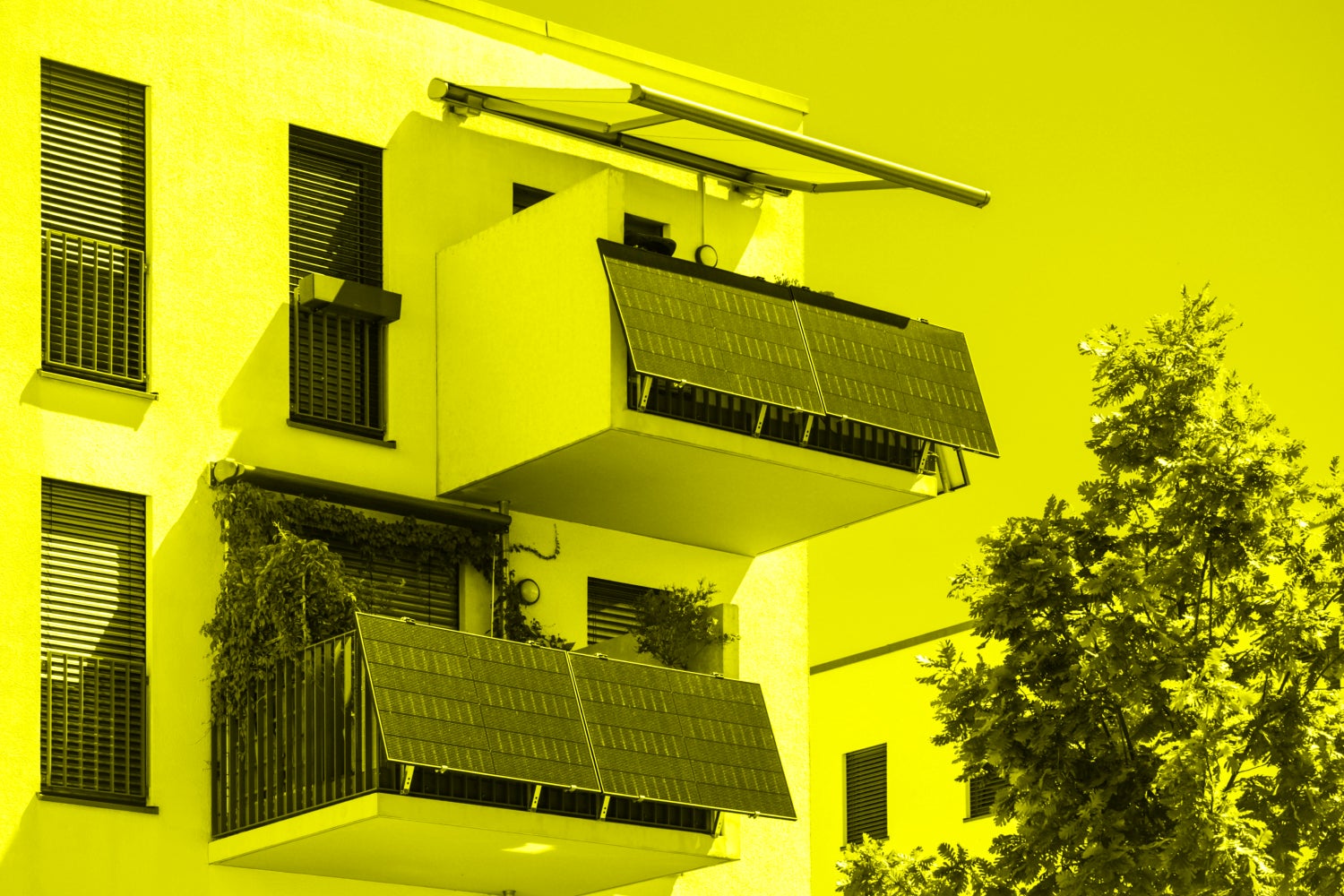Balcony solar could bring renewable energy to the masses
The plug-and-play systems are an accessible route to clean energy. Why aren’t they taking off in the U.S.?

Sign up and save the world
The one5c newsletter delivers our best tips right to your inbox
Rooftop solar panels are a familiar sight on homes around the world. But for millions of renters, apartment dwellers, and anyone who lives under a shady or incompatible roof, tapping into renewable en……

